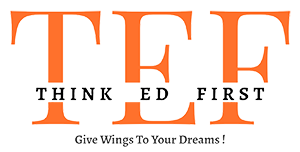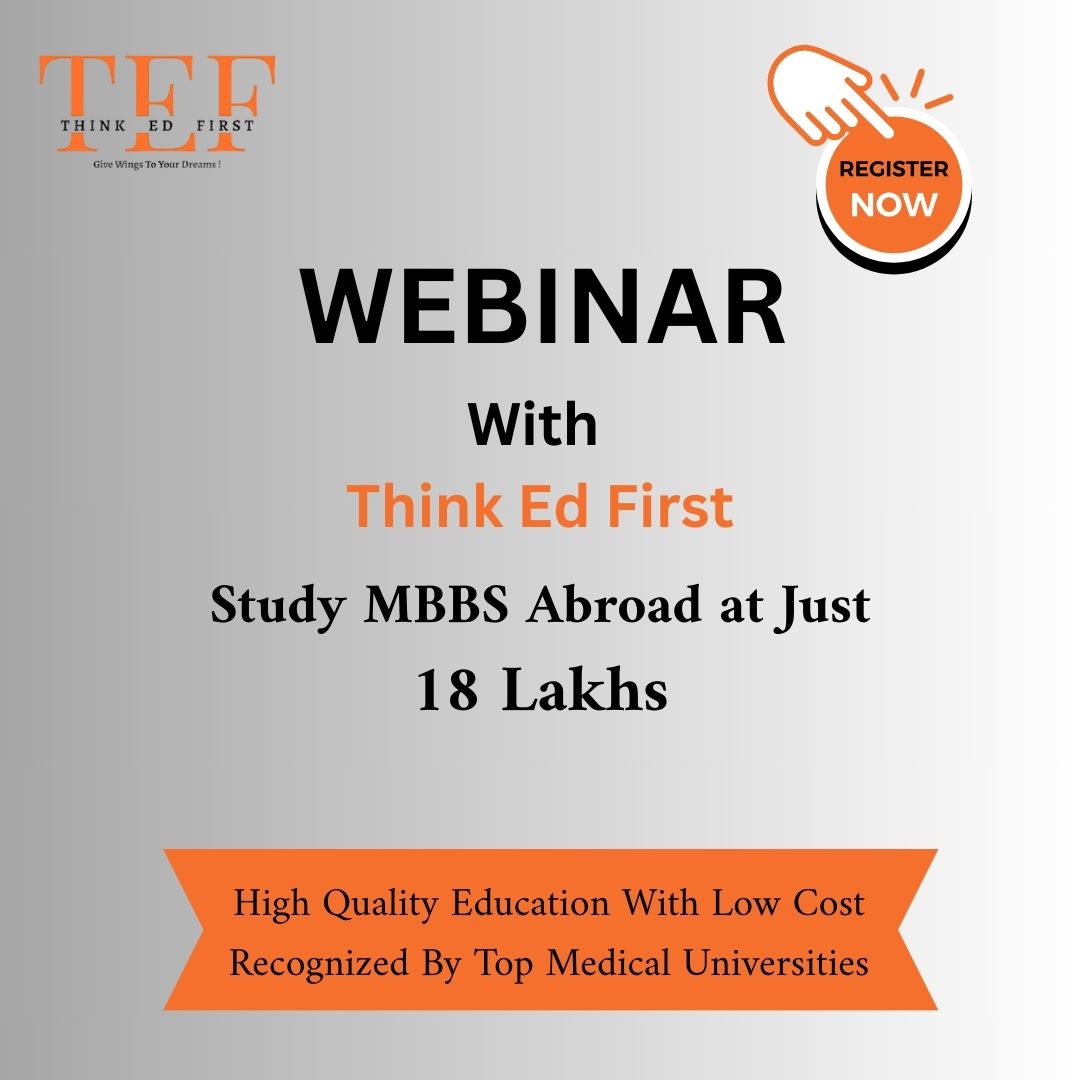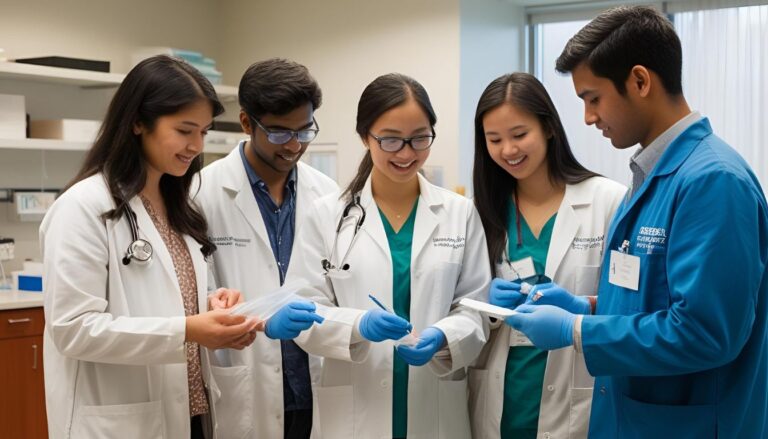Have you ever wondered why an increasing number of Indian students are opting to study medicine outside their home country? The answer lies in the growing appeal of international medical colleges, particularly those in neighboring regions. These institutions offer a curriculum that aligns closely with Indian medical standards, making them a practical choice for aspiring doctors.
In recent years, the number of medical colleges catering to Indian students has seen a significant rise. For instance, between 2019 and 2022, the count increased from 43 to 61. This growth reflects the trust and confidence students place in these institutions. The results speak for themselves, with a notable pass rate that surpasses the overall average.
Colleges like Tairunnessa Memorial and East West Medical College have become synonymous with excellence. Their graduates have consistently demonstrated impressive performance in key exams. This success is attributed to a well-structured curriculum and dedicated faculty.
As we delve deeper, we’ll explore the factors that make these colleges a preferred destination. We’ll also highlight the achievements of students who have cleared their exams on the first attempt. Stay tuned to uncover the reasons behind this trend and what it means for the future of medical education.
Why FMGE Success Matters for Bangladesh MBBS Graduates
The path to becoming a doctor in India often involves unique challenges and opportunities. For Indian students who study MBBS abroad, clearing the FMGE is a critical step. This exam serves as a gateway to practicing medicine in India, ensuring that graduates meet the standards set by the National Medical Commission (NMC).
Bangladesh’s medical curriculum aligns closely with NMC requirements, making it a practical choice for Indian students. The 5-year MBBS program includes a mandatory internship, which mirrors the structure of Indian medical education. This alignment helps students prepare effectively for the FMGE.
However, failing the FMGE can have significant consequences. Graduates may face career limitations and financial setbacks. The cost of retaking the exam, coupled with delayed career progression, can be a heavy burden.
When comparing costs, studying MBBS in Bangladesh offers a clear advantage. The average annual fee in private colleges is around ₹6.81 lakh, significantly lower than the ₹17 lakh charged by Indian private institutions. This cost-benefit analysis makes Bangladesh an attractive option for many Indian students.
| Category | Bangladesh Private Colleges | Indian Private Colleges |
|---|---|---|
| Annual Fees | ₹6.81 lakh | ₹17 lakh |
| Pass Rate (2022) | 41.82% | 23% |
In 2022, the pass rate for Indian students from Bangladesh medical colleges was 44.8%, a significant improvement from 35.9% in 2019. Private colleges in Bangladesh outperformed government institutions, with pass rates of 41.82% compared to 27.6%. These statistics highlight the growing appeal of Bangladesh medical education for Indian students.
Inspiring FMGE Success Stories from Bangladesh Graduates
Clearing the medical licensing exam on the first try is a dream for many aspiring doctors. For students from Bangladesh medical colleges, this dream has become a reality for many. Their journeys are filled with hard work, strategic planning, and invaluable lessons.
First Attempt Triumphs: Real Student Journeys
Students from Prime Medical College and Khwaja Yunus Ali Medical College have shown remarkable results. At Prime Medical, 51.16% of students passed the exam, while Khwaja Yunus Ali achieved a 50% pass rate. These numbers reflect the dedication of both students and faculty.
Many successful candidates attribute their achievements to completing mandatory internships. Clinical rotations in affiliated hospitals also played a crucial role. These experiences provided hands-on training, essential for exam preparation.
Lessons Learned from Top Performers
Top scorers emphasize the importance of using NMC-approved study materials. Time management strategies were another key factor. Students who scored in the 95th percentile often shared their daily study routines and tips.
Another valuable resource was the alumni network. Graduates who had already cleared the exam offered guidance and support. This mentorship helped many students stay focused and motivated.
| College | Pass Rate | Number of Students |
|---|---|---|
| Prime Medical College | 51.16% | 22/43 |
| Khwaja Yunus Ali Medical College | 50% | 28/56 |
FMGE Pass Rates: Bangladesh vs. Other Countries
Choosing the right country for medical studies can significantly impact a student’s career trajectory. For Indian students, the FMGE pass rate is a critical factor when selecting a destination for MBBS abroad. Bangladesh has emerged as a top choice due to its consistent performance in this exam.
Bangladesh’s Consistent Performance Over the Years
Bangladesh has shown remarkable consistency in FMGE pass rates. In 2020, the pass rate stood at 36.7%, a significant improvement from 27.11% in 2015-2018. By 2023, it surged to 66%, far exceeding the global average of 25%. This upward trend reflects the quality of education and training provided by its medical colleges.
How Bangladesh Compares to China, Russia, and Nepal
When compared to other popular destinations like China, Russia, and Nepal, Bangladesh stands out. In 2020, China and Russia had pass rates of 11.9% and 12.8%, respectively. Nepal, another South Asian country, recorded a pass rate of 34.54% in 2023. Bangladesh’s performance is attributed to its English-medium instruction, cultural proximity to India, and affordable fees.
Here’s a detailed comparison of FMGE pass rates and annual fees:
| Country | FMGE Pass Rate (2020) | Average Annual Fees (₹) |
|---|---|---|
| Bangladesh | 36.7% | 8 lakh |
| China | 11.9% | 12 lakh |
| Russia | 12.8% | 10 lakh |
| Nepal | 34.54% | 9 lakh |
Bangladesh’s medical colleges offer a unique blend of affordability and quality. With 73% of its alumni securing postgraduate seats, it outperforms many CIS nations. The clinical exposure in government and private hospitals further enhances students’ readiness for the FMGE.
Top Medical Colleges in Bangladesh for FMGE Success
Bangladesh’s medical colleges are known for their affordability and quality. They offer a blend of excellent education and practical training, making them a top choice for students. Whether private or government, these institutions have consistently produced graduates who excel in their careers.
Private Colleges with High Pass Rates
Private colleges in Bangladesh have gained recognition for their impressive pass rates. Dhaka National Medical College, for instance, saw 43 out of 75 students pass the licensing exam. Another notable institution, the Institute of Applied Health Sciences, achieved a pass rate of 30 out of 185 students.
These colleges focus on a well-rounded curriculum and hands-on training. Their modern infrastructure and experienced faculty contribute to their success. Many private institutions also offer scholarships, making them accessible to a wider range of students.
Government Colleges: Pros and Cons
Government colleges in Bangladesh are known for their affordability. They are approximately 40% cheaper than private institutions, making them an attractive option. However, admission can be challenging due to limited seats for international students.
Infrastructure varies between colleges. While some government colleges have 300-bed hospital facilities, others, like Mymensingh Medical College, boast 800-bed hospitals. This disparity impacts the quality of clinical training students receive.
Despite these challenges, government colleges have produced exceptional results. Mymensingh Medical College, for example, achieved a 100% pass rate in recent years. This highlights the potential of these institutions when students are given the right resources.
| College Type | Pass Rate (2022) | Infrastructure |
|---|---|---|
| Private Colleges | 41.82% | Modern facilities |
| Government Colleges | 27.6% | 300-800 bed hospitals |
Key Factors Behind Bangladesh’s FMGE Success
Understanding the reasons behind high pass rates can help students make informed decisions. One of the primary factors is the alignment of the curriculum with Indian standards. This ensures that students are well-prepared for the licensing exam. The syllabus mirrors the guidelines set by the National Medical Commission (NMC), making it easier for students to adapt.
Curriculum Alignment with Indian Standards
The MBBS program in Bangladesh follows a structure similar to India’s. It includes a 5-year course followed by a mandatory rotatory internship. This internship is designed to meet NMC requirements, ensuring students gain the necessary clinical experience. Additionally, the use of textbooks by Indian authors further bridges the gap between the two systems.
Practical Training and Internship Opportunities
Practical training plays a vital role in shaping a student’s readiness. Over 78% of colleges in Bangladesh have hospitals with 500+ beds, providing extensive clinical exposure. Students encounter diverse cases, from rural to urban settings, enhancing their diagnostic skills. Simulation labs in top private colleges also offer hands-on learning opportunities.
Internships are another critical component. Nearly 92% of institutions offer NMC-compliant internships, ensuring students meet stringent requirements. Logbook maintenance, similar to Indian standards, helps track progress and ensures thorough training. During the COVID-19 pandemic, virtual clinical training adaptations maintained educational continuity.
- Mandatory rotatory internship structure
- Comparison of rural vs urban hospital case diversity
- Simulation lab investments in top private colleges
- Logbook maintenance requirements mirroring Indian standards
- Impact of COVID-19 on virtual clinical training adaptations
Eligibility and Fees for MBBS in Bangladesh
Understanding the eligibility and fee structure is crucial for aspiring medical students. For Indian students, studying MBBS in Bangladesh offers a blend of affordability and quality education. Let’s explore the key requirements and costs involved.
NEET Requirements and Admission Process
To pursue MBBS in Bangladesh, Indian students must qualify for the NEET exam. This is a mandatory requirement for admission. Additionally, students must have completed their 10+2 education with Physics, Chemistry, and Biology (PCB) as core subjects, securing at least 60% marks.
The admission process is straightforward. Students need to apply directly to their chosen medical colleges or through authorized agents. Once selected, they must submit their NEET scorecard, academic transcripts, and other required documents.
Comparing Costs: Bangladesh vs. Indian Private Colleges
One of the main reasons students choose Bangladesh is the cost advantage. The average annual fee for MBBS in Bangladesh is around ₹6.81 lakh, significantly lower than the ₹17 lakh charged by Indian private colleges. This makes it a budget-friendly option for many families.
Here’s a detailed comparison of costs:
| Category | Bangladesh Private Colleges | Indian Private Colleges |
|---|---|---|
| Tuition Fees (Annual) | ₹6.81 lakh | ₹17 lakh |
| Hostel Fees | ₹1.5 lakh | ₹2.5 lakh |
| Miscellaneous Costs | ₹50,000 | ₹1 lakh |
In addition to tuition and hostel fees, students should consider other expenses like medical insurance, visa renewals, and study materials. These hidden costs can add up, so it’s essential to plan accordingly.
Scholarship opportunities are available for meritorious students, reducing the financial burden further. Many Indian nationalized banks also offer education loans with favorable terms, making it easier to fund your MBBS education.
By choosing Bangladesh, students can save significantly while receiving a quality education. This cost-benefit analysis makes it a preferred destination for many aspiring doctors.
Conclusion
Pursuing MBBS abroad offers Indian students a unique blend of affordability and quality education. With a 44.8% pass rate in the FMGE and average fees of ₹6.81 lakh, studying in Bangladesh has become a practical choice for many. Selecting the right college is crucial—look for NMC accreditation, hospital facilities, and NEET compliance to ensure a smooth journey.
For prospective students, here’s a quick checklist: verify college accreditation, assess hospital infrastructure, and confirm NEET eligibility. These steps can significantly impact your preparation and performance. To get started, download our FMGE preparation guide for detailed insights and tips.
Looking ahead, the FMGE pass rate is projected to exceed 50% by 2025, reflecting the growing success of medical education in the region. By choosing wisely and preparing strategically, you can achieve your dream of practicing medicine in India.





